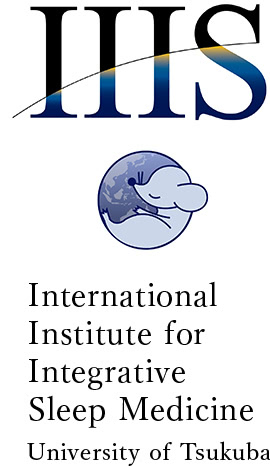
2025.01.24
Identifying the Neural Mechanism that Regulates Social Behavior with Strangers
Researchers at IIIS have identified neurons that are essential for mice to engage in social interactions with novel individuals. These neurons, which are located in the central nucleus of the amygdala, express a receptor called NPBWR1. Additionally, this study reveals that genetic polymorphisms in the human NPBWR1 gene influence social behavior when people interact with strangers.
Tsukuba, Japan—The ability to engage in new social interactions is vital for social animals. This behavior is often driven by a preference for interacting with novel individuals over familiar ones, which is known as “social novelty preference.” This trait enhances the expansion of social networks but also carries potential risks. The molecular and neural mechanisms that balance these benefits and risks have remained poorly understood until now.
This study demonstrates that the activation of NPBWR1 neurons in the central nucleus of the amygdala is crucial for mice to engage in social interactions with novel individuals. Moreover, it shows that activating these neurons restores social behavior impaired by chronic social defeat stress, which is a psychological stress caused by territorial aggression among mice.
Our investigation reveals that the overexpression of the human NPBWR1 gene in mouse NPBWR1 neurons prevented the typical increase in the neuronal activity of NPBWR1 neurons that occurs when novel individuals are encountered and leads to reduced sociability. Interestingly, this effect is not observed when the human NPBWR1 gene carries a single nucleotide polymorphism (SNP), which suggests that variations in the NPBWR1 gene could affect sociability traits. These findings highlight the role of NPBWR1 neurons in regulating social novelty preference and suggest that polymorphisms of the human NPBWR1 gene could influence personality traits that are related to sociability.
These results also have significant implications for the discovery of drugs that target the human NPBWR1 receptor and offer potential new treatments for social disorders such as depression and autism spectrum disorder.
Title of original paper: Central Amygdala NPBWR1 Neurons Facilitate Social Novelty Seeking and New Social Interactions.
Journal:Science Advances
| Press Release | |
|---|---|
| Paper | |
| EurekAlert! |
